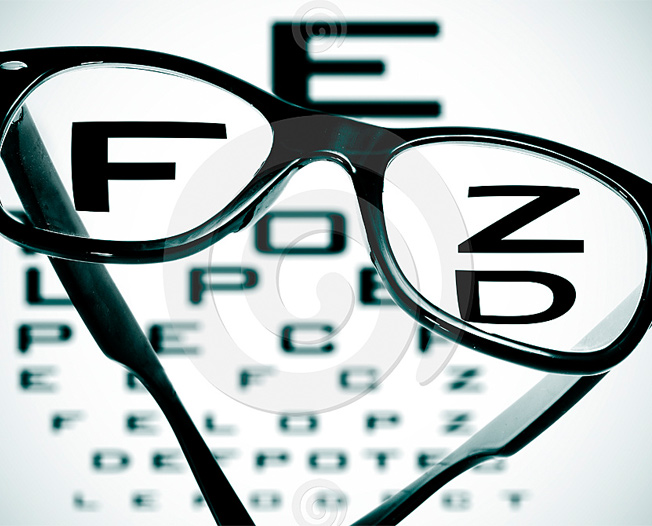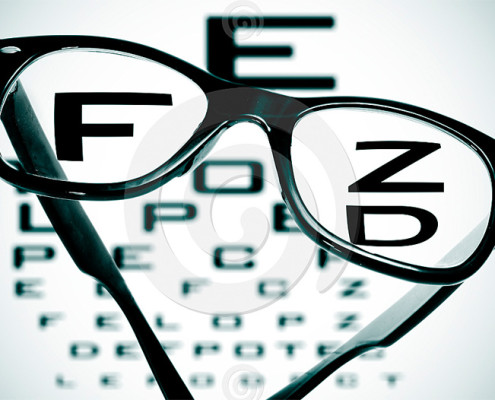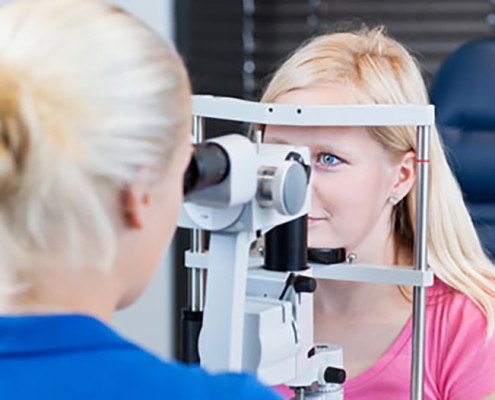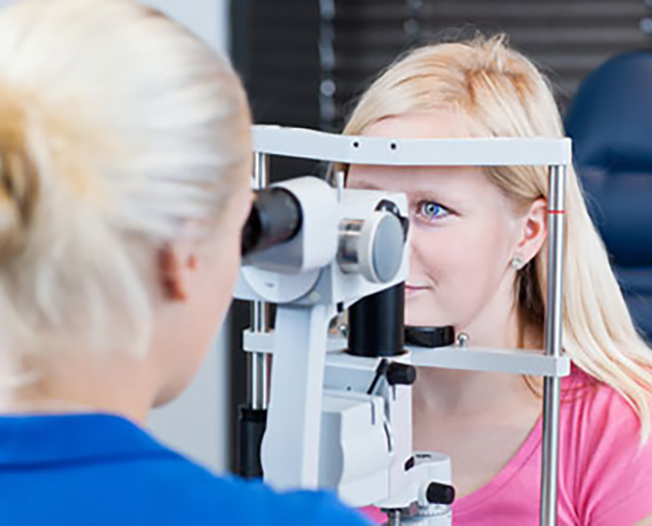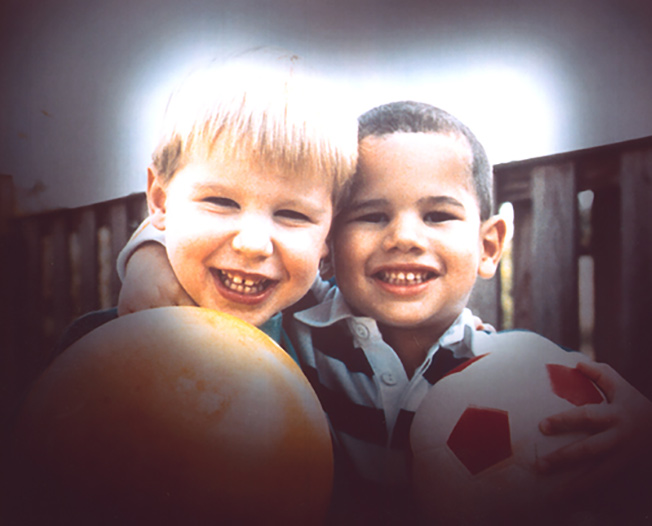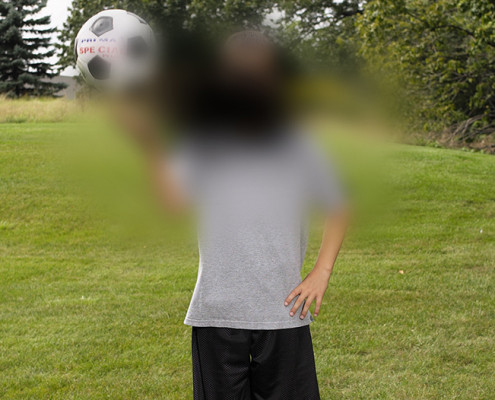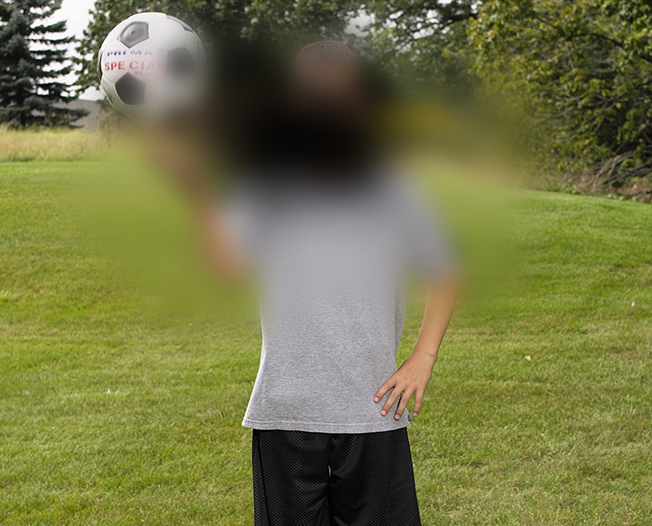EYE CONDITIONS
Below are a list of common eye conditions. If you click on the name of the eye condition, you can read a brief description and click on a video.
Nearsightedness
Nearsightedness (myopia) . . . is caused when the light rays focused by the cornea fall in front of the retina. This can be caused by the eye being too long or the cornea being too steep. This results in distant objects being blurry.
Myopia can be corrected in one of three ways: 1) glasses or contact lenses which bend the light rays to focus on the retina; 2) Custom Laser Vision Correction which flattens the surface of the cornea and allows the light rays to focus on the retina; or 3) Cataract removal with lens implantation, which refocuses the light onto the retina.
Farsightedness
Farsightedness (hyperopia) . . . is caused when the light rays focused by the cornea fall behind the retina. This can be caused by the eye being too short or the cornea being too flat. In younger individuals, low levels of hyperopia often go unnoticed. However, as we age, hyperopia affects close-up vision first, followed by a loss of distance vision.
Hyperopia can also be corrected in one of three ways: 1) glasses or contact lenses which bend the light rays to focus on the retina; 2) Custom Laser Vision Correction which steepens the surface of the cornea and allows the light rays to focus on the retina; or 3) Cataract removal with lens implantation, which refocuses the light onto the retina.
Click here to learn more about how Custom Laser Vision Correction can eliminate your Nearsightedness or Farsightedness and bring your world into focus without glasses or contacts.
Presbyopia
Presbyopia is an age-related condition. In this condition, the internal natural lens of the eye, which allows us to focus both up-close and at a distance, becomes less flexible and causes problems with near vision. This condition manifests itself in most adults between the ages of 40 to 50 years old, and is exacerbated by underlying farsightedness.
Cataract
A cataract is a clouding of the lens of the eye, which is normally clear and transparent. When a cataract develops, the lens becomes foggy like a frosted window. There are many misconceptions about cataracts. They are not tumors, or a new growth of skin or tissue over the eye. They don’t spread from eye to eye, and they’re not caused by using your eyes too much. In fact, no one knows what causes cataracts, or how to prevent them. They usually develop gradually over a period of years, and are considered a normal part of the aging process. Most of us, if we live long enough, will develop cataracts.
Glaucoma
Glaucoma, one of the leading causes of blindness, is estimated to affect 1 of every 50 adults. Although glaucoma can occur at any age, the risk of developing the disease increases dramatically after the age of 35. Glaucoma is also more likely to develop in persons who are severely nearsighted, persons with a family history of the condition, diabetics and blacks. Because the symptoms of early glaucoma are so slight, the disease often goes unnoticed until permanent vision loss has occurred. However, with early diagnosis and careful treatment, visual damage from glaucoma can be prevented.
Macular Degeneration
Macular Degeneration is the leading cause of impaired reading or detailed vision. It is caused by the breakdown of the macula, the central portion of the retina. Although macular degeneration causes distortion of central and color vision, side vision is not affected. There are two forms of Macular Degeneration, “dry” and “wet”.
Diabetic Retinopathy
Diabetic retinopathy is a complication of diabetes mellitus which causes abnormalities in the tiny blood vessels nourishing the retina. Damage to these vessels causes them to leak fluid and blood, which ultimately damages the retina. Left untreated, diabetic retinopathy can result in severe visual loss, including blindness.

